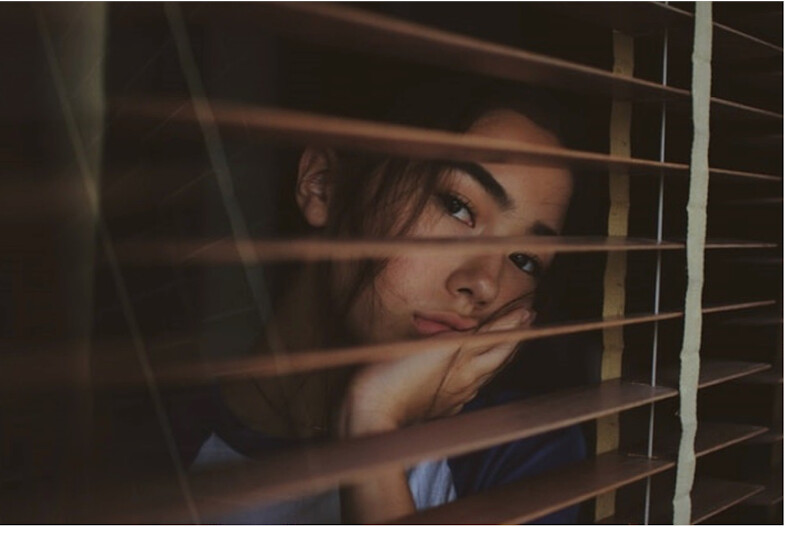Running News Daily
Running News Daily is edited by Bob Anderson. Send your news items to bob@mybestruns.com Advertising opportunities available. Train the Kenyan Way at KATA Kenya and Portugal owned and operated by Bob Anderson. Be sure to catch our movie A Long Run the movie KATA Running Camps and KATA Potato Farms - 31 now open in Kenya! https://kata.ke/
Index to Daily Posts · Sign Up For Updates · Run The World Feed
If you've had COVID-19, your running kinetics may have changed
If you’ve had COVID-19, it may have changed the way you run. Recent research compared the running kinetics of people who have had (and recovered from) the virus to those who have not, and found differences that may put those who’ve experienced the virus at a greater risk for injuries.
The effects of isolation

These changes are not a result of the virus itself, but are because of the need to quarantine. The researchers note that while social isolation through quarantine is important to mitigate the spread of the virus, one of the negative side-effects of having to stay inside is a lack of physical activity. You may not think that two weeks indoors would have a significant impact on your running mechanics, but according to this research, it may affect you more than you realize.
The researchers studied forty men and women aged 20 to 30, who were divided into two groups. The first group was made up of participants with a history of COVID-19, while the second group did not. Both groups were tested for their running kinetics using a variety of methods. Results indicated that COVID-19 individuals showed greater peak vertical ground reaction forces (GRFs) when their heels contacted the ground, greater peak mediolateral GRFs during push-off and a shorter time to reach peak of vertical GRFs at heel contact. They also experienced lower activity in their vastus medialis (the small quad muscle that inserts into the upper border of your knee) during the stance phase of their stride and in their gluteus medius (the glute muscle on the side of your butt) in the final phase of their stride.
Runners who have higher GRFs are less stable, which puts them at greater risk for running-related injuries. The results of this study indicate that runners who’ve had to spend time in isolation, then, may be more at risk for injuries when they return to activity.
What should runners do post-COVID?
If you have had to stay in isolation because of COVID-19, you shouldn’t jump immediately back into your regular, pre-COVID running routine. Instead, treat your return to running the same way you would if you were coming back from injury: start small and slow, and work your way up from there.
The authors of the study also advise runners to include balance and strength training in their weekly routine to improve lower limb alignment and mediolateral control while running. If you’re not sure where to start, make an appointment with a physiotherapist who specializes in running, who can pinpoint your weak spots and give you a program to fix them.
by Running Magazine
Login to leave a comment




